
Smell and taste disorders are rather challenging when it comes to diagnosis and treatment. The explanation is simple. Scientist still have not managed to understand in detail how these two senses function. The problem may be in the very components of olfactory (smell) and gustatory (taste) system. This is primary issue. However, the changes in taste and smell may also occur as a consequence of other conditions (secondary medical issue).
In 1994 2.7 million people living in the United States experienced problems with smell while 1.1. million individuals had problems regarding taste. The changes in these sensory systems should never be neglected. They are commonly a cause of anxiety, depression and sometimes even nutritional deficiencies, especially if a specific dysfunction lingers for a long period of time.
The changes are either in the form of complete inability to detect odor/taste or there are changes in odor/taste such as decreased ability to detect odor/taste, distorted identification of smell and ability to taste, changed perception of smell, perception of smell when there is not any odor present and finally, inability of one to contrast odors even though he/she is actually able to detect them.
Smell - Anatomy and Physiology
Human olfactory system begins with olfactory neuroepithelium which is located in the upper part of nasal chambers. This epithelium is made of specialized receptors capable of receiving smell stimuli. The olfactory receptor is actually a primary sensory bipolar neuron which joins other such neurons and form the olfactory bulb, a specific structure located on the inferior side of the brain. It seems that the olfactory bulb acts as a filter receiving the information from the outside world and also obtaining data from certain parts of the brain. Potential functions of this structure are discrimination between odors, enhancement of sensitivity regarding odor detection as well as filtering of many background odors. It also allows higher brain areas to participate in modification of what has been detected and discrimination of odors. The olfactory bulb further extends via axons and sends information to the olfactory cortex of the brain. The olfactory cortex of the brain comprises 5 parts, all of which seem to be involved in the process of evaluation of olfactory stimuli.
Taste - Anatomy and Physiology
Taste perception is mediated with the assistance of multiple receptor cells all of which are located in taste buds. These structures are nothing but modified epithelial cells and they are scattered on the upper surface of the tongue, soft palate, epiglottis and upper portion of the esophagus occupying papillae. Receptors for each different taste are practically a part of any taste bud.
It is confirmed that a single nerve fiber is in charge of innervation of many taste papillae. There are 4 types of taste papillae (fungiform, circumvallate, foliate and filliform papillae) and these are located on different portions of the tongue.
Humans may distinguish 5 tastes, salty, sweet, bitter, sour and umami taste. All of these can be identified in every part of the tongue, although detection is better for certain tastes in certain areas. For example, sweet taste is easily detected at the tip of the tongue while salty taste is best identified once the papillae on the anterolateral borders of the tongue are stimulated.
Causes of Taste and Smell Dysfunction
When it comes to olfactory dysfunction, damage to any portion of the olfactory tract may trigger changes in smell detection and evaluation. Conductive defects are those occurring when transmission of stimuli is somehow interrupted. These defects are frequently associated with damage to the olfactory neuroepithelium. Sensorineural defects, on the other hand, are basically the ones affecting the olfactory cortex.
The most common conductive defects that lead to smell abnormalities or loss of smell include inflammatory processes inside the nasal cavity, use of certain illicit drugs such as cocaine and any surgical intervention that may damage the part of the nasal cavity containing the olfactory epithelium. Furthermore, olfactory issues result from nasal polyps, several developmental abnormalities like dermoid cysts or encephalocele and the problem is also reported in patients who have undergone laryngectomy or tracheotomy.
Sensorineural defects associated with changes of smell or complete loss of smell are brain infections and inflammatory illnesses (encephalitis, sarcoidosis etc.), neurological illnesses like multiple sclerosis, congenital disorders, endocrine imbalances, direct damage to brain tissue (e.g. head trauma, brain surgery or stroke) and certain potentially toxic drugs. Parkinson's disease Alzheimer's disease and other degenerative conditions may also trigger olfactory dysfunction.
As far as taste dysfunctions are concerned, in the majority of cases they develop as a consequence of direct damage to taste papillae. It is also possible to experience changes in taste or complete loss of taste if there is damage to certain nerves that transfer the taste stimuli or cranial nerves innervating taste buds and papillae.
Oral infections, inflammation of different oral structures, as well as the process of aging are frequently connected with changes of taste or complete loss of taste. Dentures are also blamed for changes and reduction in taste.
More complex underlying cause of this medical issue is cancer of the head and neck. It can infiltrate the tongue and other structures covered with taste buds or the nerves these structures are innervated with and cause changes in taste. Even treatments for this cancer (radiotherapy and chemotherapy) may trigger taste dysfunction.
Finally, there are several more conditions and factors capable of changing one's ability to taste and these include nerve damage during otologic surgery, nutritional deficiencies, endocrine disorders, uremia, cirrhosis and Sjögren syndrome. In some people inability to distinguish different tastes is hereditary.



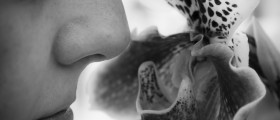
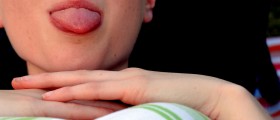
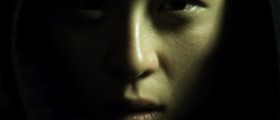
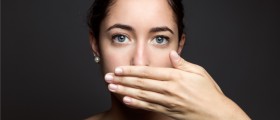



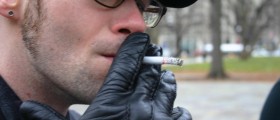
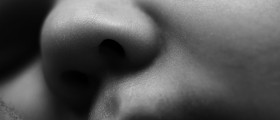

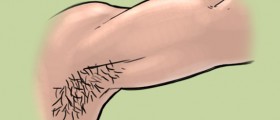
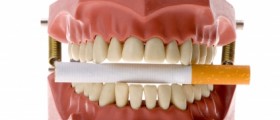

Your thoughts on this
Loading...